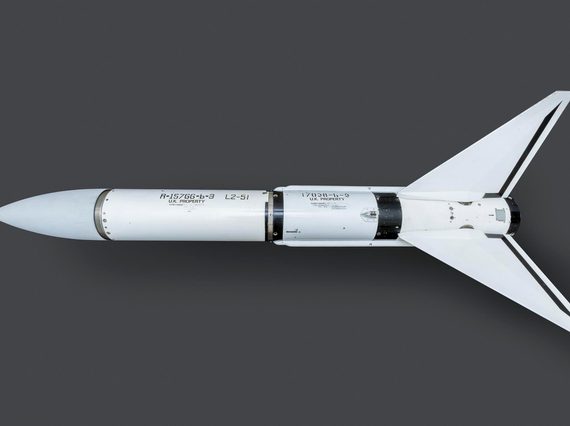
The Cold War in Scotland: Technology, Heritage and the British Warfare State
Last updated: 8 February 2022
About the research
The project draws on objects from across National Museums Scotland, including Scottish late modern, military, technology, and, especially, aviation. Assessing material from 1947–1991, the project explores provenance, acquisition, and (where relevant) mode of display of both civilian and military objects (such as civilian and military aeroplanes, typewriters, computers and missiles).
In doing so the project aims to tackle the fundamental issue of the material legacies and heritage of the Cold War in Scotland: how does a (civilian) object become a Cold War object? And what are the implications of this civil/military dichotomy for museum exhibitions and engagement?
Lead image: Sparrow or Skyflash airborne missile capable of attacking both sub and supersonic targets at high or low altitudes, manufactured by Hawker Siddeley Dynamics in conjunction with Marconi and EMI in the UK, c. 1978.
- Project title
The Cold War in Scotland: Technology, Heritage and the British Warfare State
- Student
Sarah Harper
- Project active
2018 - present
- Funder
AHRC Scottish Cultural Heritage Consortium (SCHC) – Collaborative Doctoral Partnership
- University Supervisors
Professor Holger Nehring and Professor Sian Jones - History and Politics
- National Museums Scotland Supervisor
Dr Sam Alberti - Department of Science & Technology
Dorothy Kidd - Department of Scottish History & Archaeology- Research theme
Scotland's Material Heritage
Project contact
Dr Sam Alberti, FRSE